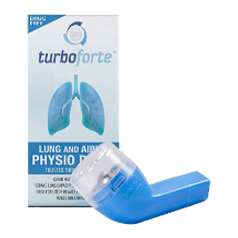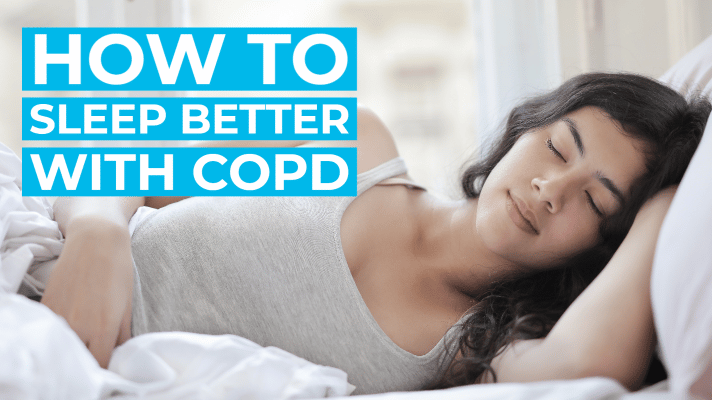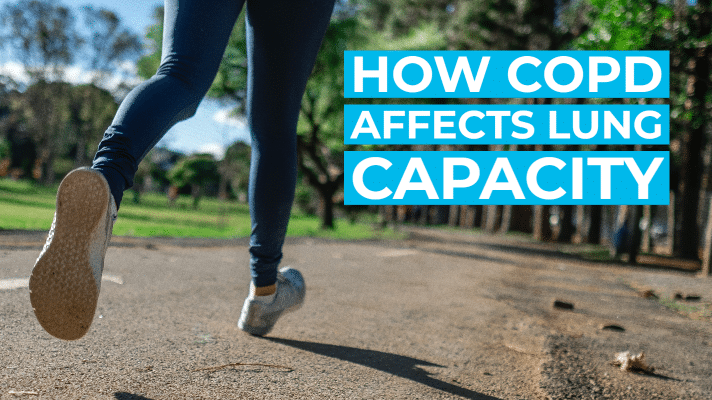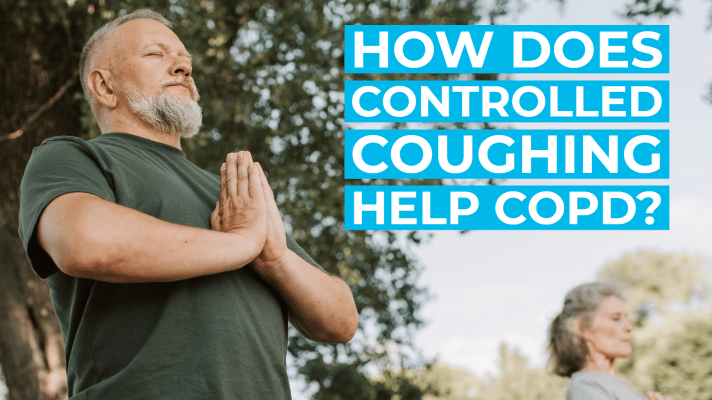Study
OPEP in lower respiratory tract infections
Finding
“In conclusion, OPEP exhibited a greater effectiveness in draining sputum, improving oxygenation and reducing inflammatory status in patients with lower respiratory tract infections..”
Abstract
Oscillatory positive expiratory pressure (OPEP) devices have been utilized as an adjunct therapy to conventional chest physiotherapy (CPT) to promote the clearance of respiratory secretions in individuals with impaired ability to cough, particularly in chronic diseases. However, few studies have focused on the effectiveness of OPEP in lower respiratory tract infection. In the present study, all patients with lower respiratory tract infections hospitalized in the Department of Pulmonary and Critical Care Medicine, Ruijin Hospital (Shanghai, China) between February 2016 and July 2017 were analyzed. Daily sputum quantity and purulence were recorded on the first 7 days of physiotherapy. Oxygenation index, partial pressure carbon dioxide, white blood cell count, neutrophil percentage, C reactive protein (CRP) and procalcitonin (PCT) levels before and after CPT were compared between patients who received OPEP and patients who received mechanical percussion (MP). Sputum was collected prior to and following CPT. A total of 17 patients received OPEP, while 10 received MP. The OPEP group exhibited improved postural drainage compared with the MP group after 7 days of physiotherapy. After 7 days of CPT, patients who received OPEP also exhibited a significantly improved oxygenation index, while the oxygenation index in the MP group did not improve. The improvement of partial pressure carbon dioxide was not significantly different between groups. The OPEP group also exhibited a greater decrease in white blood cell count, neutrophil percentage and CRP levels, compared with the MP group. However, the decrease in PCT level was similar in the OPEP and MP groups. Sputum culture results revealed that the rate of negative conversion was very low in both groups. There was no difference between the two groups in terms of hospitalization outcomes. In conclusion, OPEP exhibited a greater effectiveness in draining sputum, improving oxygenation and reducing inflammatory status in patients with lower respiratory tract infections compared with MP; however, it did not promote the elimination of microbes.
https://pubmed.ncbi.nlm.nih.gov/30214547
Cited
Ni Y, Ding L, Yu Y, Dai R, Chen H, Shi G. Oscillatory positive expiratory pressure treatment in lower respiratory tract infection. Exp Ther Med. 2018;16(4):3241-3248. doi:10.3892/etm.2018.6552




